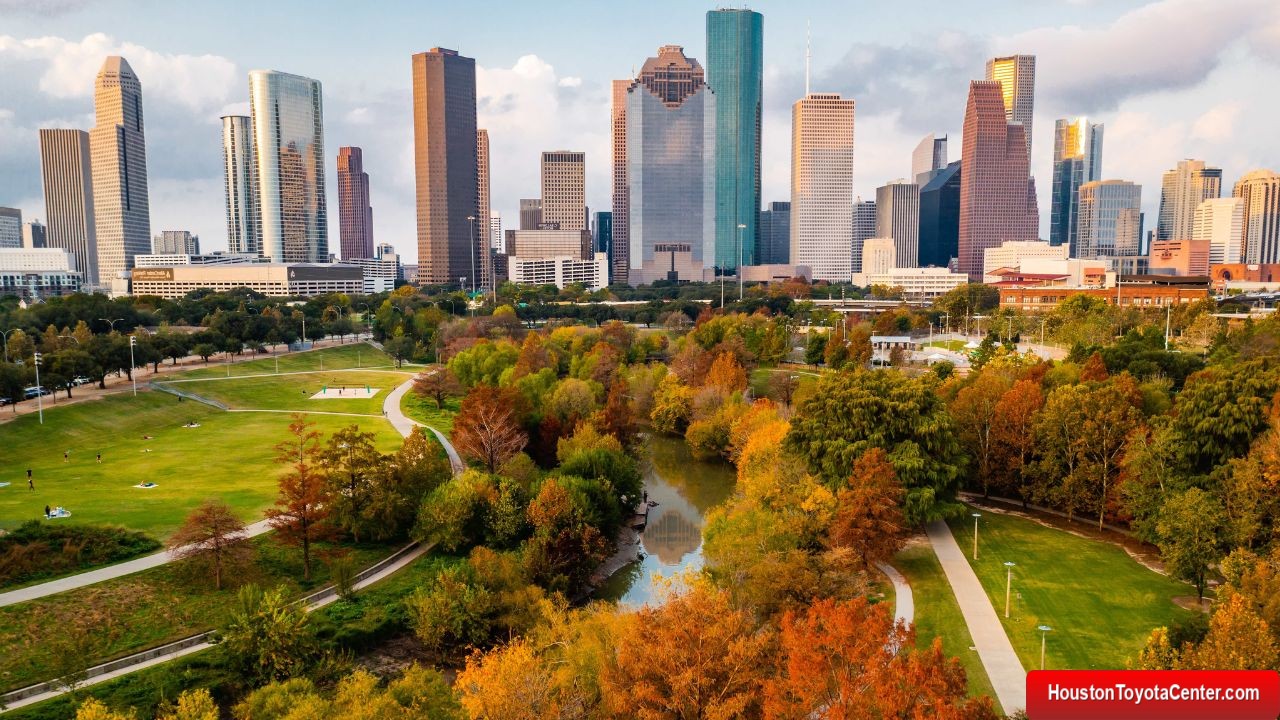Buffalo Bayou, the winding 52-mile waterway that snakes through Houston, Texas, is more than just a river—it’s the lifeblood of the city. From its origins as a vital resource for Indigenous peoples to its transformation into a hub for commerce, industry, and recreation, the bayou’s story mirrors Houston’s growth from a swampy frontier town to a global metropolis. This article delves into the bayou’s history, ecological significance, and ongoing preservation efforts, enriched with timelines, tables, and actionable insights for visitors and history enthusiasts.
1. Pre-Colonial Era: The Karankawa and Atakapa Tribes
Long before European settlers arrived, Buffalo Bayou was home to Indigenous tribes such as the Karankawa and Atakapa. These semi-nomadic groups relied on the bayou for:
- Fishing and Hunting: Abundant catfish, alligators, and deer.
- Transportation: Canoes navigated the slow-moving waters.
- Spiritual Significance: Burial mounds and ceremonial sites dotted the banks.
The bayou’s name likely derives from the term “buffalo” (referring to bison that once roamed nearby) and “bayou” (a Choctaw word for slow-moving river).
2. 19th Century: Founding of Houston and Industrialization
In 1836, brothers Augustus and John Allen purchased land along Buffalo Bayou to establish Houston, envisioning it as a commercial gateway. Key developments included:
FREE: Quickly identify and understand problems with your vehicle 🚘
CLICK HEREThe Port of Houston
- 1837: Houston becomes the temporary capital of the Republic of Texas.
- 1840s: Steamboats like the Laura began transporting cotton and timber to Galveston Bay.
- Buffalo Bayou’s Role: The bayou’s natural depth made it ideal for shipping, fueling Houston’s early economy.
Civil War and Reconstruction
- 1860s: The bayou served as a supply route for Confederate forces.
- Post-War: Railroads reduced reliance on the bayou, but industrialization intensified.
Table 1: 19th Century Milestones
| Year | Event | Significance |
|---|---|---|
| 1836 | Allen Brothers found Houston | Established city’s commercial foundation |
| 1840 | First steamboat navigation | Boosted trade with Galveston |
| 1861 | Civil War supply route | Highlighted strategic importance |
3. 20th Century: Floods, Pollution, and Urbanization
The 20th century brought both progress and challenges:
Industrial Expansion
- 1900s: Oil discoveries (Spindletop, 1901) turned Houston into an energy hub. Factories along the bayou discharged waste, leading to severe pollution.
- 1914: Houston Ship Channel opens, diverting traffic from Buffalo Bayou.
Natural Disasters
- 1935 Flood: Prompted the USACE to straighten 14 miles of the bayou.
- Hurricane Harvey (2017): Caused catastrophic flooding, sparking debates about infrastructure.
Environmental Degradation
By the 1960s, the bayou was dubbed a “concrete ditch” due to channelization. Public outcry led to early conservation efforts, including the creation of Buffalo Bayou Park in the 2000s.
4. Modern Revival: Parks, Trails, and Cultural Renaissance
Today, Buffalo Bayou is a model of urban revitalization:
Buffalo Bayou Park
- 160-acre green space with trails, public art, and the Cistern (a historic reservoir repurposed as an art gallery).
- Visitor Stats: Over 2 million annual visitors.
Cultural Landmarks
- Waugh Drive Bat Colony: 250,000 Mexican free-tailed bats.
- Eleanor Tinsley Park: Hosts Houston’s annual Freedom Over Texas festival.
Table 2: Must-Visit Sites
| Attraction | Highlights |
|---|---|
| Sabine Street Bridge | Iconic downtown views |
| Lost Lake | Paddleboarding and dining at The Kitchen |
| Houston Police Memorial | Honors fallen officers |
5. Ecological Impact and Conservation Efforts
Wildlife Preservation
- Species: Over 300 bird species, including herons and ospreys.
- Restoration Projects: The Buffalo Bayou Partnership has planted 10,000+ native trees since 2015.
Flood Mitigation
- Project Brays: A $480 million initiative to reduce flooding risks.
6. Buffalo Bayou Today: What to See and Do
- Kayaking and Tours: Rentals available at Bayou City Adventures.
- Art Installations: James Turrell’s Skyspace light exhibit.
- Events: Yoga sessions, sunset cruises, and historical walks.
7. The Future of Buffalo Bayou
Plans include expanding green spaces, improving flood resilience, and connecting trails to underserved neighborhoods.
8. Quick Facts Table
| Category | Detail |
|---|---|
| Length | 52 miles (84 km) |
| Key Feature | Houston Ship Channel connection |
| Annual Visitors | 2 million+ |
| Major Floods | 1935, 2001 (Allison), 2017 (Harvey) |
9. Timeline of Key Events
| Year | Event |
|---|---|
| 1836 | Houston founded along Buffalo Bayou |
| 1914 | Houston Ship Channel opens |
| 1966 | Buffalo Bayou Preservation Society founded |
| 2015 | Buffalo Bayou Park reopens after $58M renovation |
Conclusion
Buffalo Bayou’s journey from a tribal resource to an urban gem reflects Houston’s resilience and innovation. By balancing ecology with urbanization, the bayou remains a testament to the city’s ability to adapt and thrive. Whether you’re kayaking its waters or exploring its parks, Buffalo Bayou invites you to witness living history.
SEO Keywords: Buffalo Bayou history, Houston Buffalo Bayou Park, Allen Brothers Houston, Bayou conservation, Houston Ship Channel.


Leave a Reply